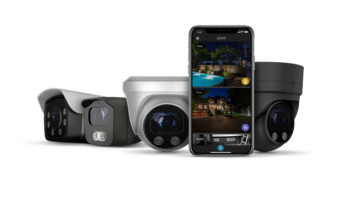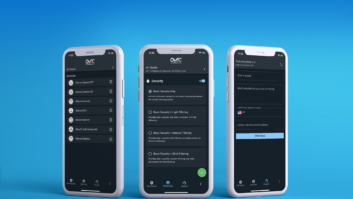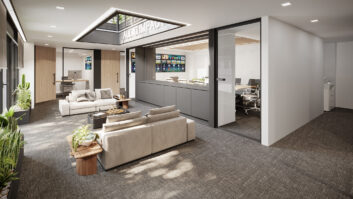by Morgan Strauss
To select and receive feedback from specific rooms, one way of doing things is to have a floor plan of the user’s home on the touchscreen interface. While this does look pretty cool, it also offers a few drawbacks when it comes to usability. Primarily, floor plans can be hard to read, especially by a novice. In larger homes with multiple levels, the difficulty is amplified. Floor plan navigation can also cause trouble with guests using the system, as they may not know the layout of the house. And as rooms are all different sizes, some rooms become more difficult to select than others. In an extreme case, there may be a room that the user wants hidden – such as a panic room – so the floor plan will have to be faked to make the room disappear, which adds to the complexity of accurately reading the floor plan.
A better and far more organized approach to room navigation is a grid layout. Following this approach, rows and columns of icons fill the screen, with each icon representing a room or zone. All the rooms are the same size, and the icons provide familiar references; for example, a bedroom would be represented by an icon of a bed and so on. Not only does the grid layout make the interface easier to use, it also improves the user experience by speeding up visual recognition.

Morgan Strauss is the president of Guifx, an interface design studio specializing in touchscreen interfaces for home automation and embedded systems. He can be reached at [email protected].







